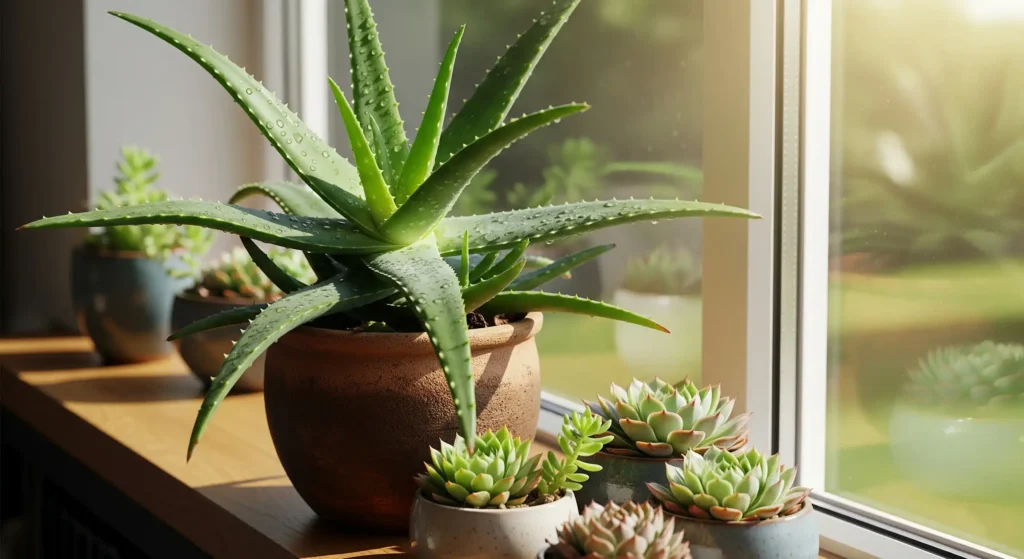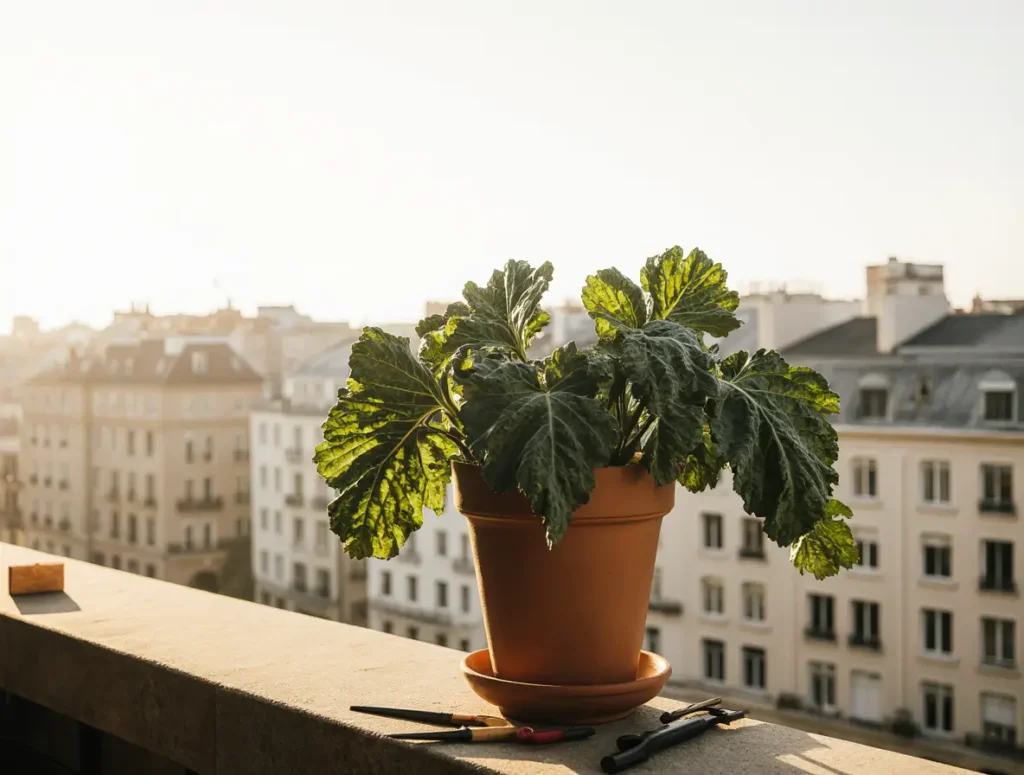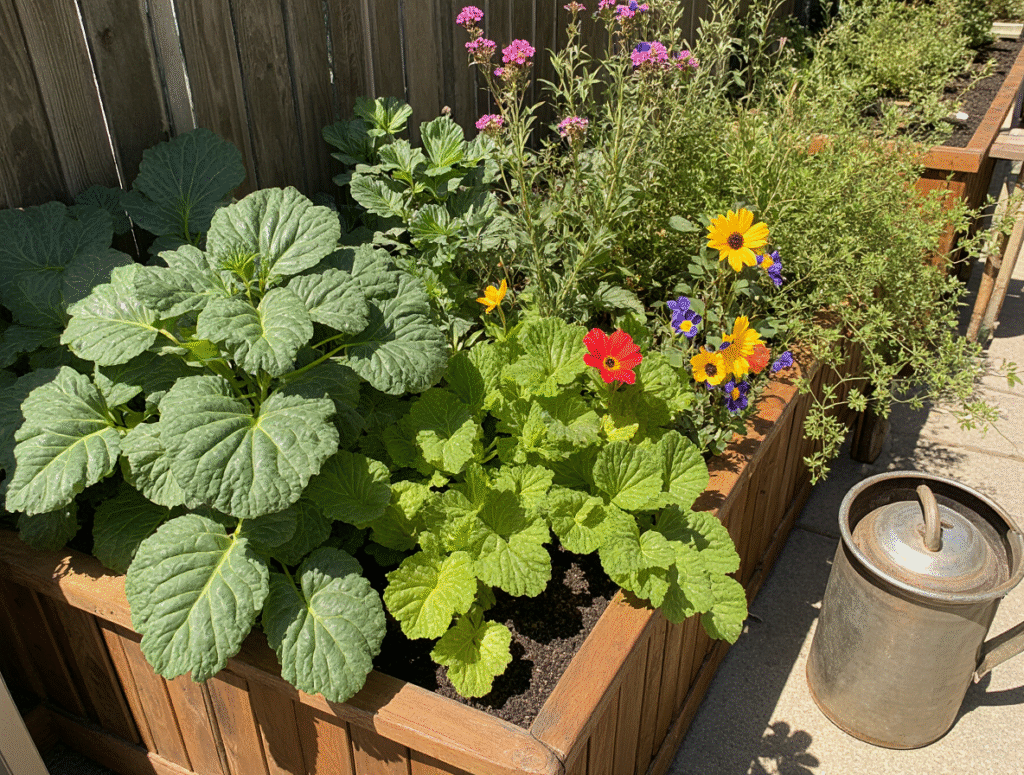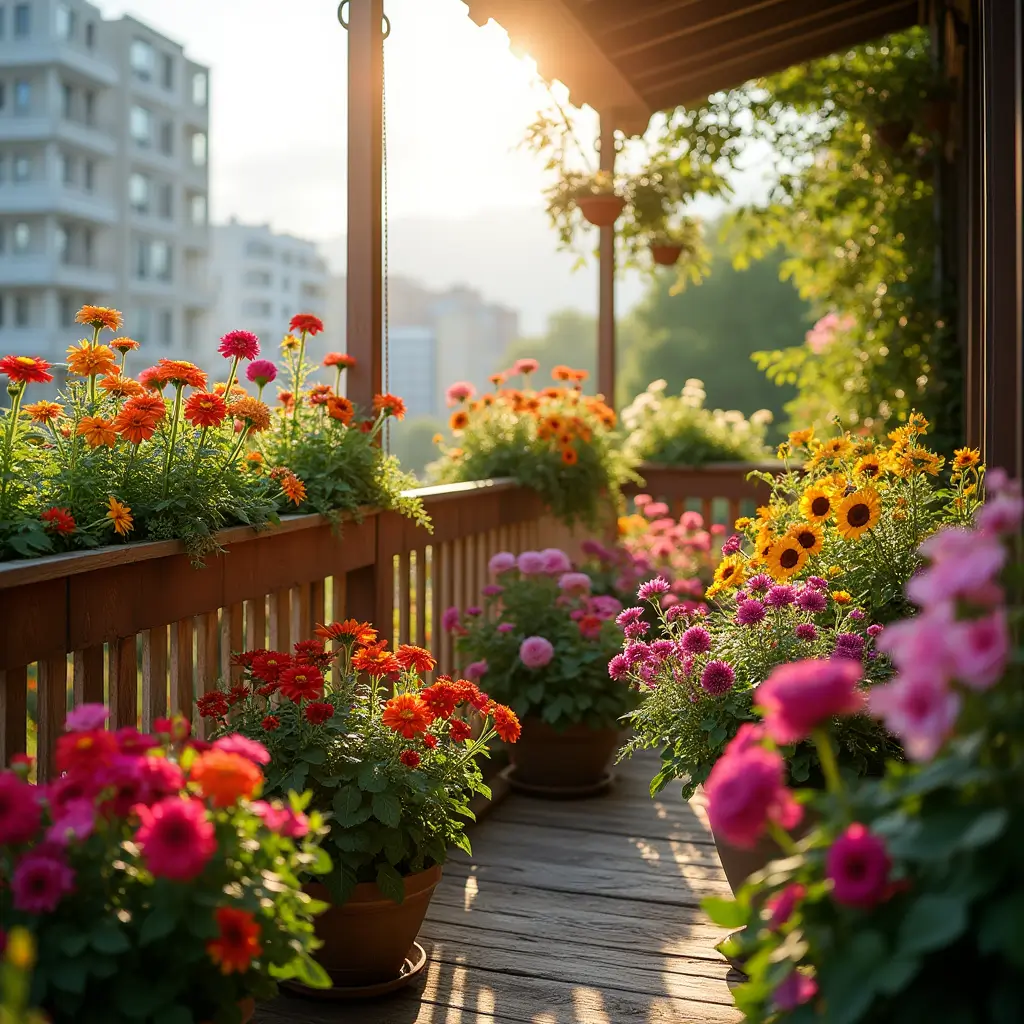
How to Start a Cut Flower Garden: A Beginner’s Guide to Beautiful Blooms
Introduction: The Joy of Growing Your Own Cut Flowers
Imagine stepping outside, shears in hand, ready to snip a bouquet of fresh, vibrant blooms straight from your own garden. There’s something incredibly rewarding about growing flowers specifically for cutting—bringing nature’s beauty indoors, gifting handpicked arrangements to loved ones, or even selling them for extra income. If you’ve ever wondered how to start a cut flower garden, you’re in the right place. This guide walks you through everything you need to know, from choosing the best flowers to creating a planting schedule that keeps blooms coming all season long.
What is a Cut Flower Garden?
A cut flower garden is a space designed specifically for growing flowers meant to be harvested for bouquets and floral arrangements. Unlike ornamental gardens, where aesthetics take center stage, cut flower gardens focus on continuous blooming, high-yield plants, and easy accessibility for regular harvesting.
Key Features of a Cut Flower Garden:
- Grown with harvesting in mind
- Includes a mix of annuals, perennials, and foliage plants
- Often arranged in rows or raised beds for easy cutting
- Prioritizes long-stemmed and high-yield flowers
By creating a dedicated space for cut flowers, you ensure a steady supply of fresh blooms throughout the growing season.
How to Start a Cut Flower Garden
- Choose the Right Location
Selecting the perfect spot is crucial for a successful cut flower garden. Flowers need:
- Full sun: At least 6-8 hours of direct sunlight daily
- Well-draining soil: Avoid waterlogged areas
- Protection from strong winds: To prevent damage to delicate blooms
- Plan Your Garden Layout
Design your garden with efficiency in mind:
- Raised beds vs. in-ground planting: Raised beds offer better drainage and control
- Companion planting: Grow flowers that deter pests naturally
- Accessible pathways: Leave space for easy harvesting without trampling plants
- Prepare the Soil
Healthy soil leads to healthy plants. Before planting:
- Conduct a soil test to determine pH and nutrient levels
- Add organic matter like compost for fertility
- Improve drainage with sand or perlite if necessary
- Select the Best Flowers for Cutting
When choosing flowers, opt for varieties known for their long vase life, sturdy stems, and continuous bloom cycles.
Best Flowers for Beginners:
- Zinnias (Easy to grow, long-lasting)
- Sunflowers (Bright and cheerful)
- Cosmos (Tolerant of poor soil)
- Snapdragons (Adds height and structure)
- Dahlias (Gorgeous, varied colors)
- Start Planting: Seeds vs. Transplants
- Direct sowing: Best for hardy annuals like sunflowers and zinnias
- Indoor seed-starting: Essential for slow-growing flowers like snapdragons
Proper spacing: Prevents disease and encourages healthy growth
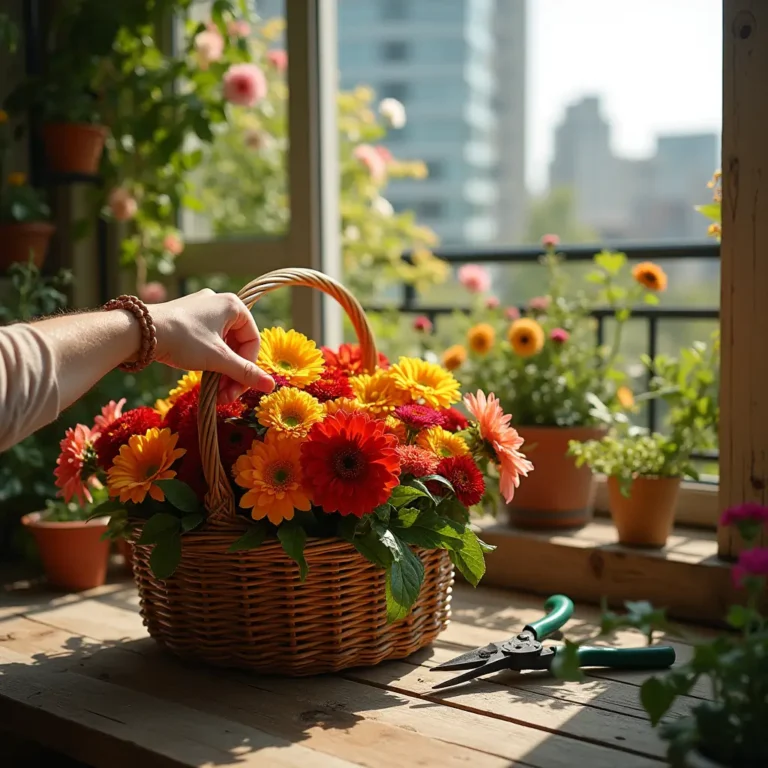
Cut Flower Garden Planting Schedule
Timing is everything when it comes to a thriving cut flower garden. Follow this seasonal guide to ensure a continuous harvest:
Season | Tasks |
Spring | Start seeds indoors, plant cool-season flowers |
Summer | Transplant seedlings, maintain regular harvesting |
Fall | Plant spring bulbs, sow hardy perennials |
Winter | Plan next season’s garden, order seeds |
Examples of Cut Flowers by Season
Spring Blooms:
- Tulips
- Daffodils
- Ranunculus
Summer Blooms:
- Sunflowers
- Zinnias
- Dahlias
Fall Blooms:
- Chrysanthemums
- Asters
- Rudbeckia
Winter Blooms (Greenhouse/Indoor Growing):
- Amaryllis
- Poinsettias
- Paperwhites
Can You Put Fresh Cut Flowers in Soil?
Freshly cut flowers will not root if simply placed in soil. However, certain plants can be propagated from cuttings. If you want to grow more flowers from existing plants, consider these:
- Easily propagated: Mint, Geraniums, Coleus
- Difficult to root: Tulips, Zinnias, Sunflowers
For best results, dip cuttings in rooting hormone and place them in water or moist soil.
What is the Most Demanded Cut Flower?
Roses are the most sought-after cut flowers worldwide due to their elegance and versatility. Other high-demand flowers include:
- Peonies: Popular in wedding bouquets
- Lilies: Used in formal arrangements
- Tulips: A springtime favorite
- Orchids: Exotic and long-lasting
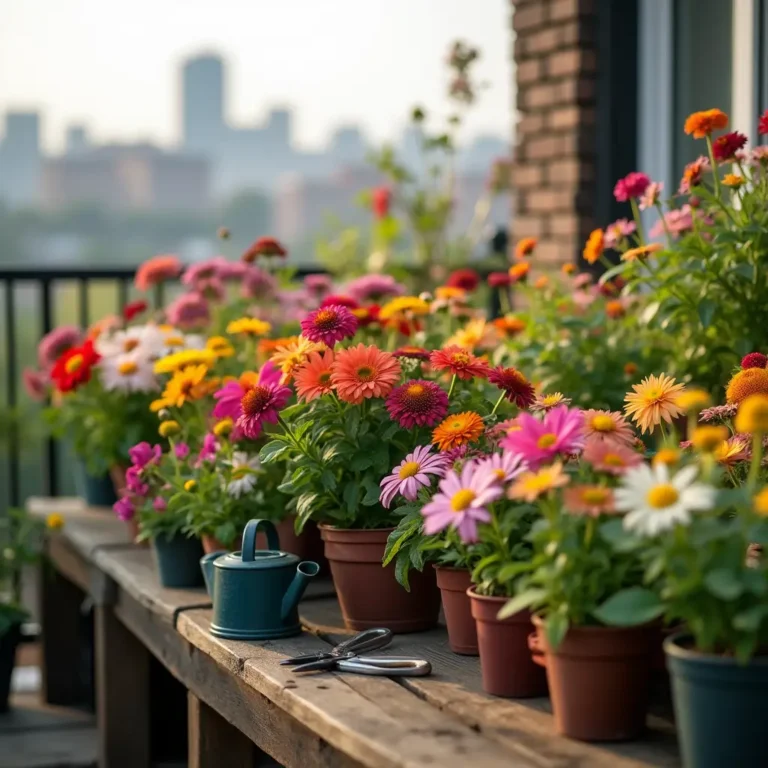
Frequently Asked Questions (FAQ)
How do I start a cut flower garden from scratch?
Begin by selecting a sunny location, improving soil quality, and planting beginner-friendly flowers such as zinnias and sunflowers.
Which cut flowers last the longest in a vase?
Chrysanthemums, alstroemeria, and orchids have some of the longest vase lives, often lasting up to two weeks.
What is the best soil mix for cut flowers?
A nutrient-rich, well-draining mix with compost and organic matter ensures optimal growth.
Can I grow cut flowers in containers?
Absolutely! Use large pots with good drainage and grow easy-to-maintain flowers like cosmos and dahlias.
Do cut flowers need fertilizer?
Yes, a balanced liquid fertilizer (10-10-10) encourages strong growth and abundant blooms.
Conclusion
Starting a cut flower garden is an incredibly fulfilling endeavor that brings beauty and joy into your life. Whether you’re growing for personal enjoyment, gifting, or even selling, a well-planned garden ensures you’ll have fresh blooms all season long. Now it’s time to take action—start planning, get your hands in the soil, and watch your garden flourish!
Ready to begin? Share your favorite cut flower in the comments below!
You Might Like

